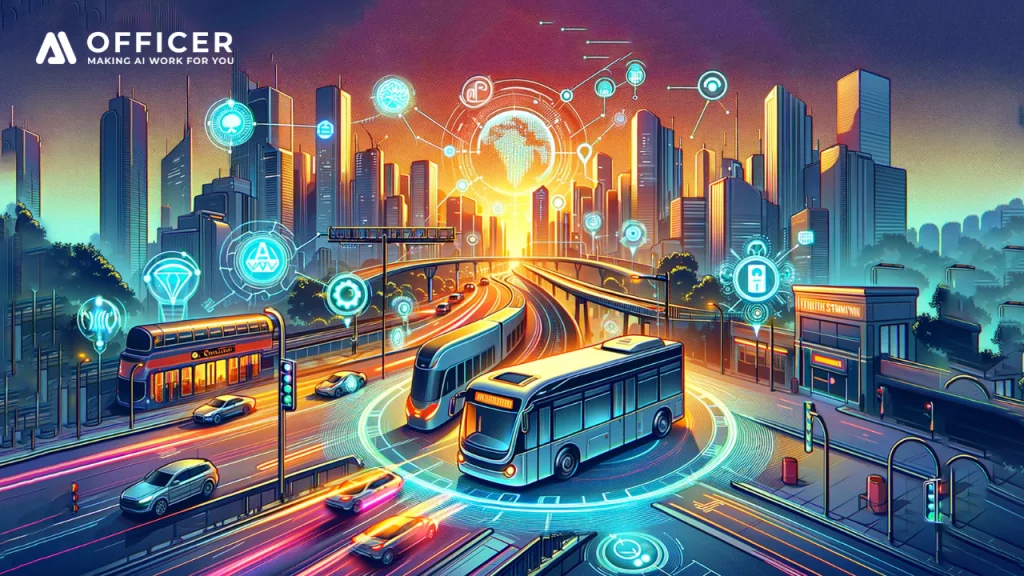
Public transportation, the lifeblood of urban mobility, faces evolving challenges. From ensuring passenger safety to optimizing operations, finding solutions requires adaptability and innovation.
Fortunately, Artificial Intelligence (AI) emerges as a powerful tool, reshaping the landscape of public transportation safety and efficiency.
Today we will equip you, the forward-thinking entrepreneur, with insights into this transformative technology.
In this blog, we’ll explore how AI addresses critical safety concerns, enhances operational efficiency and ultimately, paves the way for a more resilient and secure public transportation network.
SAFETY CONCERNS ADDRESSED
Public safety remains paramount. AI tackles various aspects, including :
- Predictive Maintenance : By analyzing sensor data, AI forecasts potential equipment failures, enabling proactive maintenance and preventing disruptions that compromise safety.
- Enhanced Surveillance : AI-powered cameras monitor infrastructure and passengers, automatically detecting suspicious activity and potential hazards like unattended objects. This early detection allows for swift intervention and improved security.
- Autonomous Vehicle Safety : From self-driving buses to subway trains, AI algorithms ensure collision avoidance, adherence to traffic rules, and optimal navigation, leading to safer journeys for all.
- Personalized Assistance : AI assistants onboard can translate languages, answer questions and even identify medical emergencies, fostering a more secure and inclusive travel experience for passengers with diverse needs.
EFFICIENCY AND OPTIMIZATION GAINS
Beyond safety, AI unlocks operational improvements :
- Data-Driven Decision Making : Analyzing vast datasets, AI identifies accident hotspots, optimizes routes, and allocates resources effectively, leading to informed decisions and improved system efficiency.
- Dynamic Route Planning : AI-powered systems adapt routes in real-time based on traffic conditions and passenger demand, reducing travel times and improving overall network efficiency.
- Demand Forecasting : AI predicts passenger traffic patterns, allowing authorities to allocate resources effectively and anticipate peak periods, ensuring smoother journeys for everyone.
THE TRANSFORMATIVE POWER OF AI IS ALREADY EVIDENT
[REAL WORLD USE CASES]
- Singapore’s Land Transport Authority uses AI to predict bus breakdowns, reducing them by 30%.
- London’s Underground employs AI-powered cameras to detect suspicious activity, improving security for millions of passengers.
- Dubai’s Roads and Transport Authority launched autonomous pods, powered by AI, for a safer and more efficient public transport experience.
Leaders in technology and transportation are vocal about the transformative potential of AI.
Elon Musk, CEO of Tesla and SpaceX, has emphasized the role of AI in achieving safer and more reliable autonomous vehicles.
Similarly, Anne Wojcicki, CEO of 23andMe, has highlighted the importance of data-driven decision-making in improving public transportation safety.
At AI OFFICER, we understand the unique challenges faced by businesses in various industries.
Ready to harness the power of AI and create a safer, more efficient future for public transportation?
Contact our AI Officers today for a free consultation and discover how we can tailor AI solutions to your specific needs.
Stay tuned to our blogs for the best insights in the world of AI!





